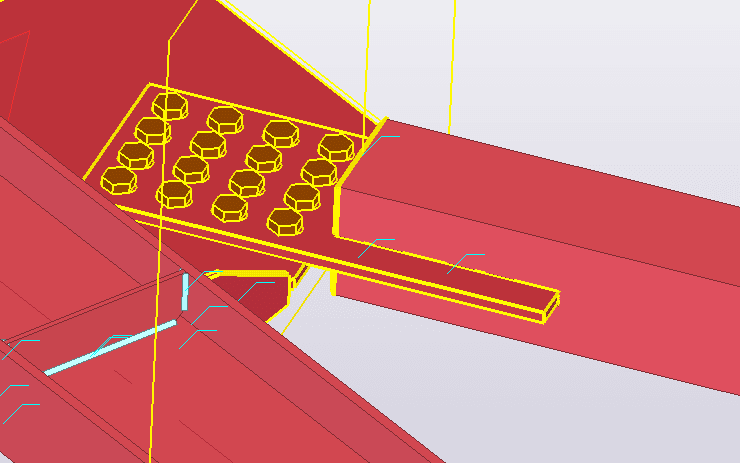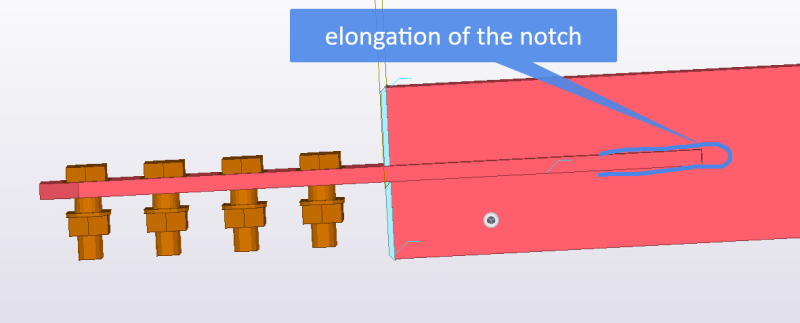user277418
Structural
- Jul 11, 2017
- 86
Hello colleges
I have quite a basic connection like that below. I haven't made steel quite a lot of time, hence forget some special detailing requirements.

I remember in some cases I used an elongated notch for the tongue plate, but I don't remember exactly what for. My memory gives a clue that this was because of some big concentration of stresses near the end of the notch, hence the gap is to avoid the concentration. Am I right?

Also are there should be a 0.5-1mm gap between the tongue plate and the tube?
Best regards
I have quite a basic connection like that below. I haven't made steel quite a lot of time, hence forget some special detailing requirements.

I remember in some cases I used an elongated notch for the tongue plate, but I don't remember exactly what for. My memory gives a clue that this was because of some big concentration of stresses near the end of the notch, hence the gap is to avoid the concentration. Am I right?

Also are there should be a 0.5-1mm gap between the tongue plate and the tube?
Best regards

![[smile] [smile] [smile]](/data/assets/smilies/smile.gif)